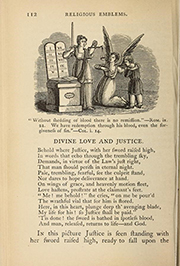2 Equity at the dawn of modernity
The relationship of equity to common law was defined, broadly speaking, by men of the Church, most notably Roman Catholics, during the early medieval period. Among other things this accounts for equity’s association with conscience and why equitable courts were known during later points in its history as ‘courts of conscience’.
The prelates were instrumental in weaving throughout common legal reasoning a mixture of dogmatic principles, doctrines, rules and equitable ideals that were drawn from sources including canon law, as well as the work of both St Augustine and St Thomas Aquinas, both of whom viewed equity largely on Aristotelian terms. As a consequence, equity’s foundational principles were introduced to and to large extent came into conflict with the network of harder and harsher common law rules being established during the medieval and early modern periods, the legacy of which still exists today. However, the profound challenge to the authority of, in the main, the Roman Catholic Church caused by the Reformation also had a profound effect upon the ways in which equity would thereafter be viewed across the legal landscape. The Reformation, and in particular the mode of legal reasoning that would appear in its wake, signalled a significant change in how equity was considered vis-à-vis the law. In short, equity would begin to be seen more in terms of law – as a body of rules and doctrines – and less as a theoretical or philosophical counterpart to the law.

